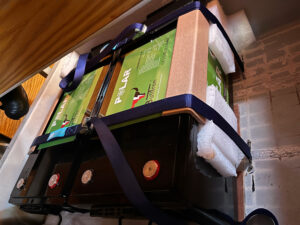In this blog, I have shared my technical thoughts and considerations on what to take into account when replacing traditional lead-acid batteries with LiFePO4 batteries. I have already discussed in the previous post the benefits of using LiFePO4 batteries such as higher energy density, longer lifespan, improved performance, and lower maintenance.
Find suitable batteries for the boat
I need to find batteries that are suited to my needs and fit within the volume constraints of my boat. I am looking for batteries with a high energy density, as I require a large amount of energy to power my electrical systems, including my cooking. I estimate that I will need at least 10kWh (800Ah x 13V) to meet these needs.
As my boat has a 12V system with an Inverter-charger 12V-230v , I need to find a 12V Lithium iron phosphate battery system that would match my requirements.
I am considering using Bulltron’s new Lithium iron phosphate batteries, which have a capacity of 460Ah at 12V. They are compact and I can fit up to 3 of them in the same space as 6 lead-acid batteries. By connecting them in parallel, I can increase my storage capacity from 4.5kWh to 18kWh.
Although that would be great, because of the price (around 4000€/battery) I think I will be satisfied with 12kWh (2 batteries).
Bulltron 12V 460Ah Polar
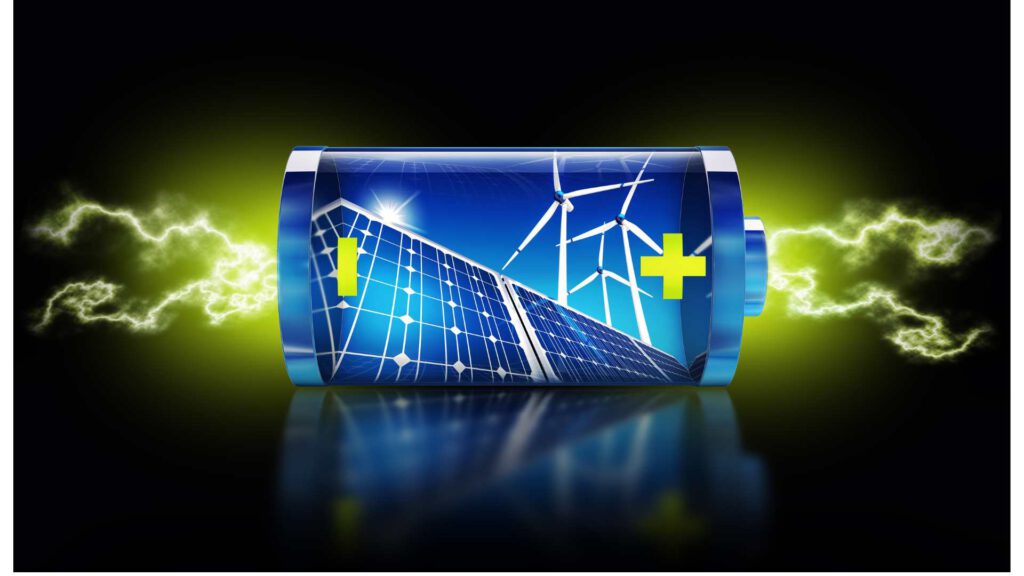
Charging the lithium Batteries

The lithium batteries have the ability to store a lot of energy, but they also require a significant amount of energy to charge. Currently, I have two alternators with 40A and solar panels as my charging system. However, with this setup, it would take a long time to charge the batteries while running the engine. As I prefer to use the sails while traveling, I need to find a way to charge the batteries faster when using the engine.
External generator
An option to charge the batteries faster is to use a separate generator, but I don’t prefer this option as it would mean having a second combustion engine on board, which would take up space and require regular maintenance.
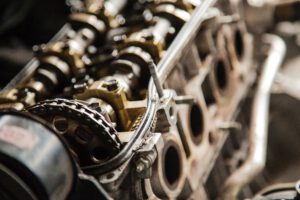
Powerful alternator
Another option is to replace one of the 40A generators with a more powerful one, ideally a 250A-300A generator. This would also require me to adapt the belt drive to support the higher power output. A generator of more than 3kW would require a stronger belt drive and a belt tensioner similar to those used on car engines.
When choosing a new belt for the more powerful generator, I need to select a suitable speed ratio. I typically use the diesel engine at speeds between 1800-2000 rpm, so I need to ensure that the generator is able to produce 3KW of power at speeds below this. This means that the maximum speed of the generator should be higher than the maximum engine speed multiplied by the ratio. I believe that a ratio of around 2 would be appropriate for my situation.
With a 3kW alternator on my 55PS diesel Volvo Penta engine (D2-55), I need to consider how to properly manage the charging process. When the engine is cold or running at low RPM, I do not want to charge at 3kW as it could overload the engine. To avoid this, I need a control device for the alternator that can regulate the charging for LiFePO4 batteries and adjust the load based on the engine speed and temperature.
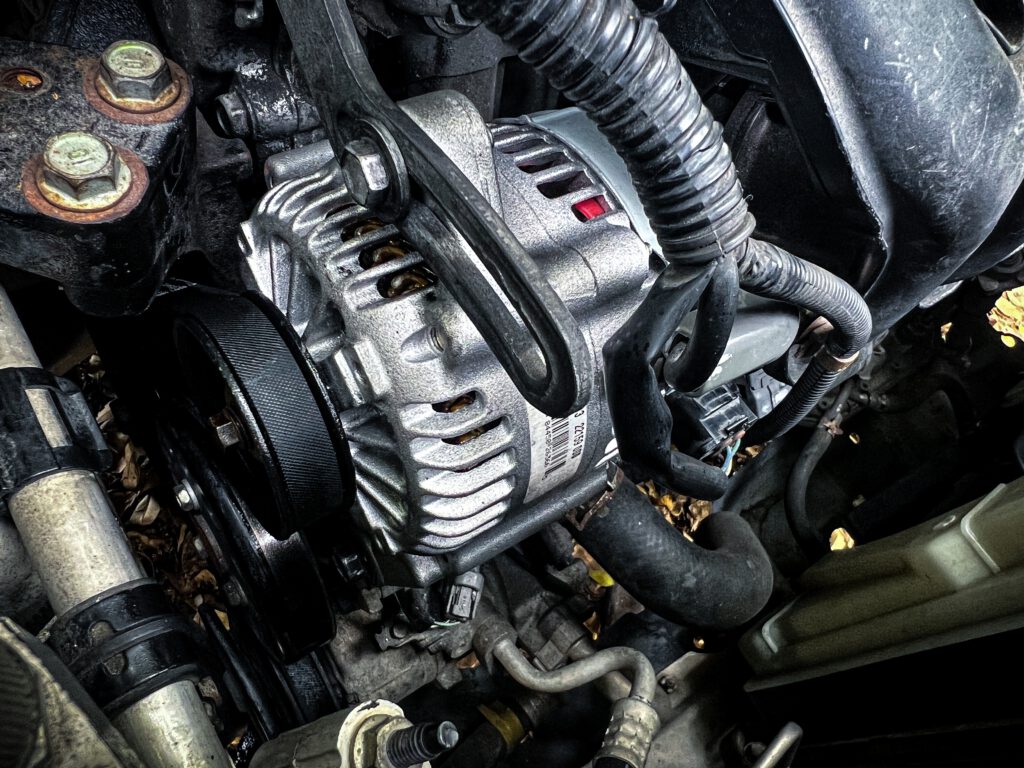
Currently, I am considering using an alternator from Balmar that does not have a built-in regulator and pairing it with a separate regulator from Wakespeed.
Balmar XT-Series Alternators
Advanced Alternator Regulator
How to use the batteries efficiently
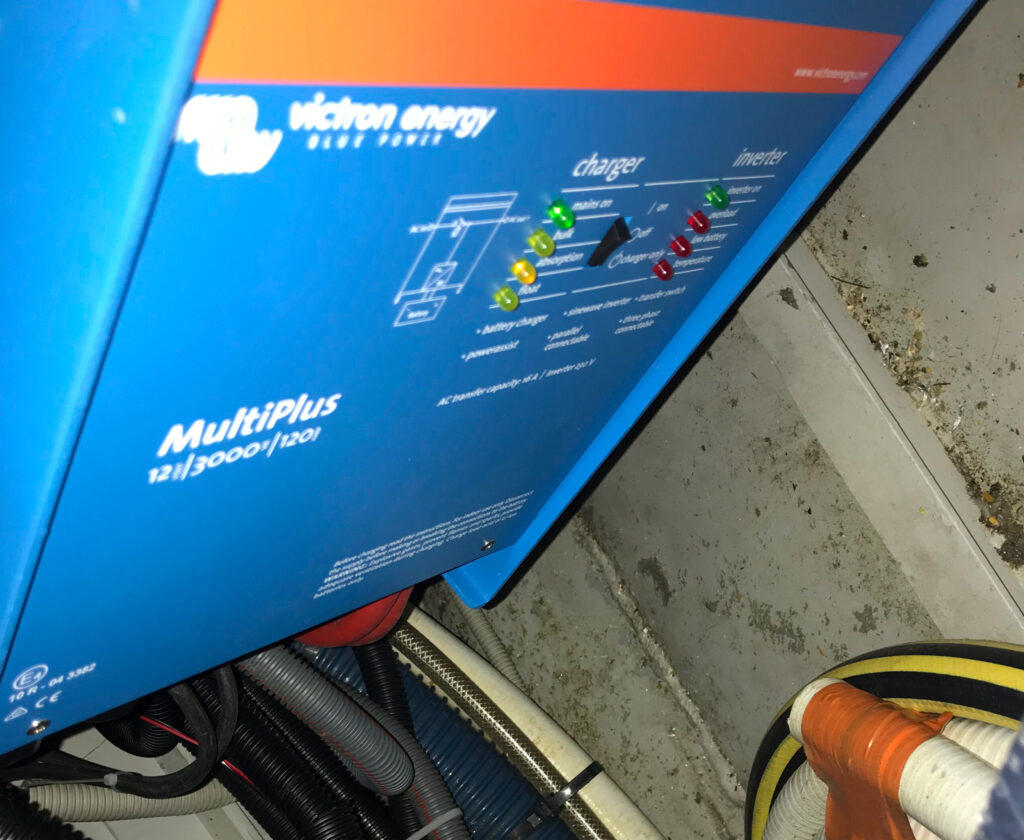
To use the power stored in my batteries with 230V devices, I am using a charger inverter called Victron Multiplus 3000. This device has a constant maximum power output of 2400W. However, this may be a limitation if I am simultaneously cooking, baking, and using other electrical devices. In this case, I will need to consider adding an additional inverter for 230V to handle the increased power demand.
I hope that my thoughts and experiences can be of help to anyone who is also thinking about upgrading their batteries on their boat and considering switching to lithium batteries (LiFePO4). It’s important to consider the power requirements of your electrical systems and the space constraints on your boat when making a decision. It’s also important to consider the charging and management systems that you will need to properly charge and maintain your new batteries. I hope that the information provided here can assist you in making an informed decision on what type of batteries will work best for your situation.
also T-shirts for adventurer on the road at Le Coeur Vert Boutique





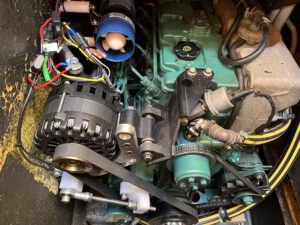
![Read more about the article How to choose an alternator to charge lithium batteries (LiFePO4)? [my technical thoughts]](https://sv-tatooine.com/wp-content/uploads/2023/02/20210521-095528_IPhone7_IMG_2648-300x251.jpg)
